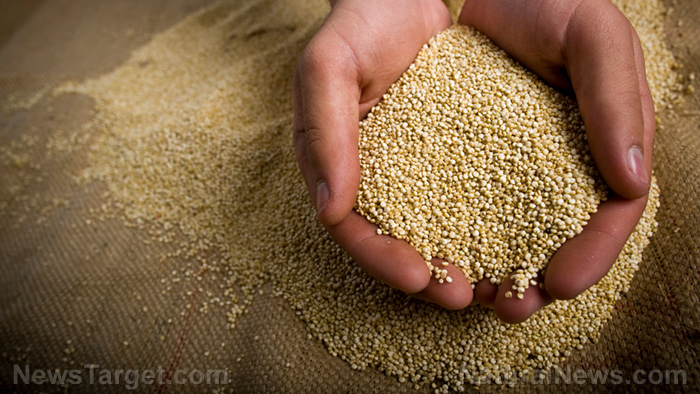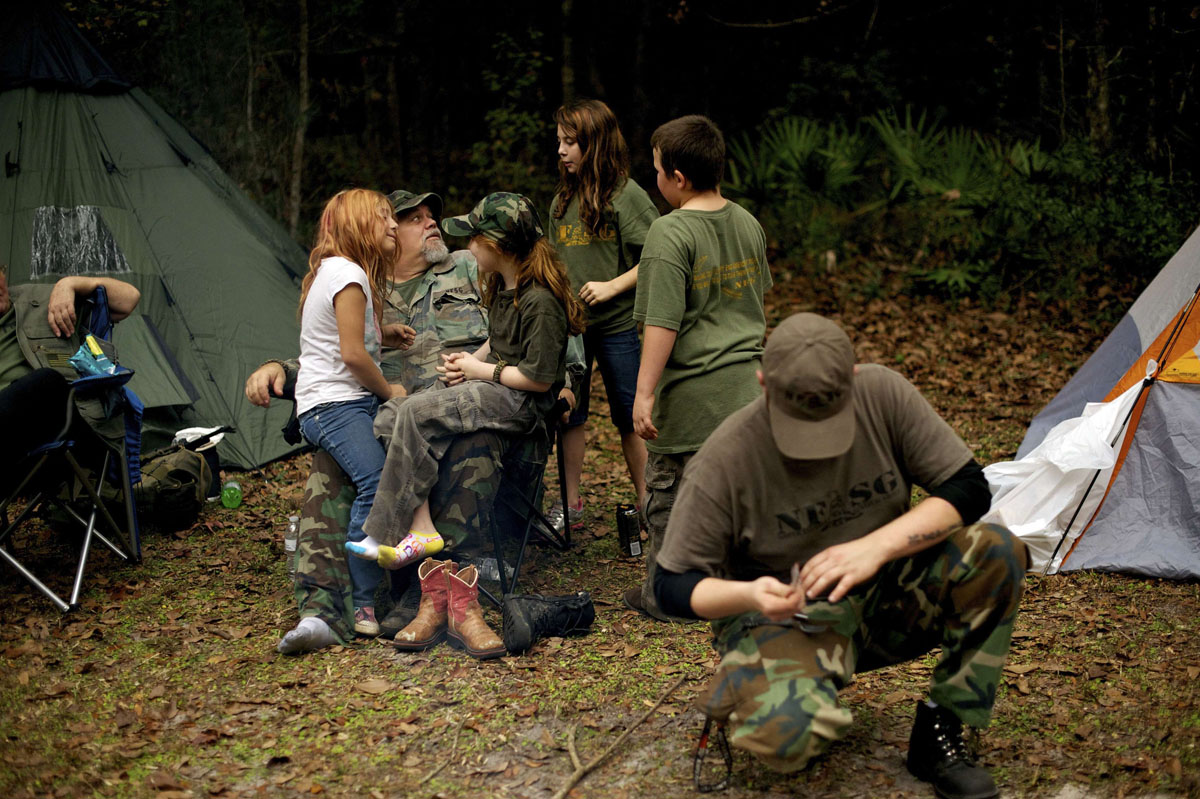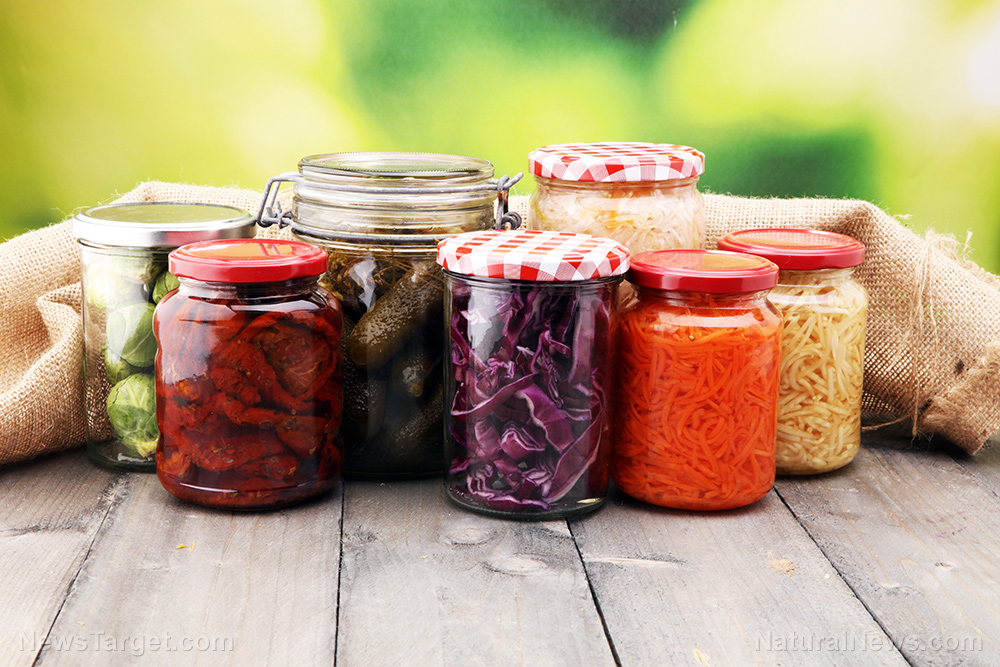Finding food in a famine: Tips for survival used throughout history
02/05/2018 / By Frances Bloomfield

Nobody wants to experience famine. History has shown us that famine can make even the best of people do the worst things. Yet at the same time, scarcity has also allowed human ingenuity to shine. From nettle soup to bread made from tree bark, these are just some of the creative foods that the people of the past made when times got tough. And if you ever find yourself in the same situation, you could do as they did all those years ago. (h/t to BioPrepper.com.)
- Make bark bread. This is exactly what it sounds like, a type of bread made from the combination of flour and inner bark. The result is a dark-colored, rock-hard bread that may be low on flavor but high in nutrients like zinc, iron, and magnesium. Bark bread was very prominent during the Famine of 1866–68, wherein the countries of Finland and Sweden were hit hard by failed crops and dwindling food stores. Making bark bread simply involves drying, grounding up, and adding inner bark to grain flour and creating regular bread from it. Look out for the following trees, as they have edible inner bark:
- Ash
- Aspen
- Balsam fir
- Black birch
- Black spruce
- Red spruce
- Rowan
- Slippery elm
- Tamarack
- Yellow birch
- Look for tulip bulbs. When the Nazis cut off food and fuel supplies from the German-occupied part of the Netherlands, it was the humble tulip bulb that saved Holland. Because the bulb growers were unable to plant their bulbs, they had a huge stock of hyacinth, daffodil, and tulip bulbs. At the time, the most popular way to eat tulip bulbs was to grate them into flour to make them into bread. A priest who survived the Dutch famine of 1944–45 described them as tasting like wet sawdust.
- …And sugar beets. Apart from tulip bulbs, the survivors of the Dutch famine also subsisted on boiled sugar beets. The good thing about sugar beets is that they contain minimal fat and calories but are loaded with essential nutrients like fiber, manganese, vitamin C, potassium, and magnesium. Even the greens are highly nutritious, being full of vitamin A, calcium, iron, copper, and manganese.
- Root out rutabaga. Originally nothing more than animal fodder, rutabagas became essential for many Europeans during World Wars I and II. Because of this, many French and German people greatly dislike rutabaga, which they view as a food of last resort and poverty. Don’t be turned off, though. Rutabagas are highly versatile vegetables that can be cooked in a number of ways or even eaten raw. Plus, they’re relatively easy to grow, so you can raise your own rutabaga crop to get you through trying times. (Related: You can grow these health-promoting superfoods in your own backyard!)
- Seek sego lily bulbs. These are what nourished Mormon pioneers when their crop fell to crickets, though some Native American tribes have been known to eat these too. Sego lily bulbs can be roasted or boiled, or cooked into porridge. One thing to note about sego lily bulbs is that they’re best eaten freshly cooked. Left to cool, they’ve been described as “thick and ropey.”
- Stirabout. In the middle of the Great Famine, state-funded soup kitchens across Ireland were serving stirabout. Along with a slice of bread, this porridge made from Indian cornmeal and rice kept millions of Irish alive. While not particularly filling or healthy by itself, stirabout can be eaten with other foods to make for a more wholesome meal.
Although it’s unlikely that famine will hit you in this day and age, it’s better to be prepared. Your food store might run out, get nicked by opportunistic looters, or may just go bad. If and when that happens, at least you’ll know what you can eat. If people from the past were able to power through hardships on these foods, you will too.
Ready yourself for the worst by going to FoodCollapse.com.
Sources include:
Tagged Under: bugout, Collapse, emergency food, famine, famine food, food, food supply, preparedness, starvation, survival, survival food



















